

Write what you are looking for and press enter to begin your search!

Live News
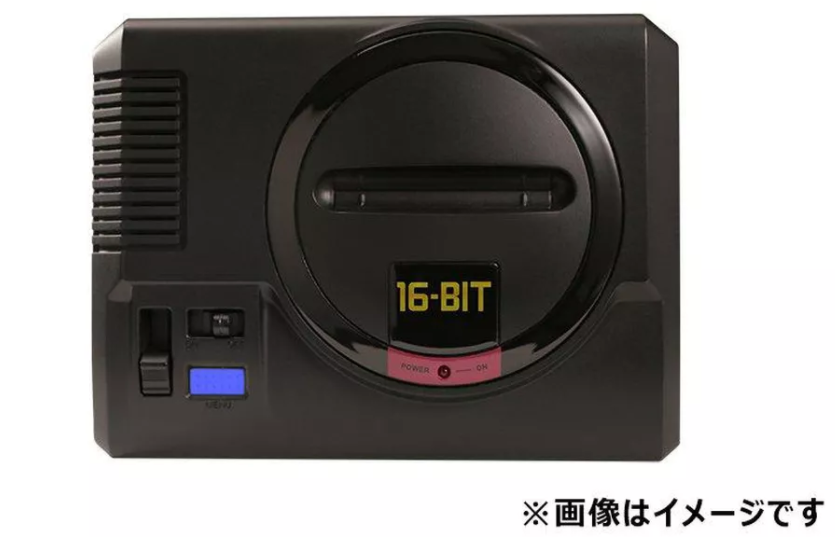

The Top 25 Games We Need For The Upcoming Sega Megadrive Mini
 ">
">
By Jon Toyad|May 1, 2018|2 Comments
Good news, retro enthusiasts. Sega is back in the console-making market, sort of. The Japanese branch announced its upcoming Sega Megadrive Mini, which is basically a tiny emulator system that plays old Sega games stored inside in its original resolution.
??????????30?????
??????? ???????2018??????????????????????1????????#????? #?????? #??????30??https://t.co/HWj6NFL96y pic.twitter.com/0C9QH1l5Mr
— ?????????? (@SEGA_OFFICIAL) April 14, 2018
Clearly inspired by Nintendo’s NES Mini and SNES Mini, the Sega console may also upscale its games for today’s resolutions. Honestly, there isn’t much info about the system apart from how it looks and how big it is, and the fact that it will be out this year.
Which also means it’s time to speculate what games should be on the console. Since there’s no word on what games are going to be on the platform, let’s make one up! To one-up its competitor, Sega may need to cram in 25 essential games. In this instance, “essential” means:
If they can put ALL of the Megadrive’s library in the console, all the better. But if we’re given just 25 choices, we’ll go with the following:
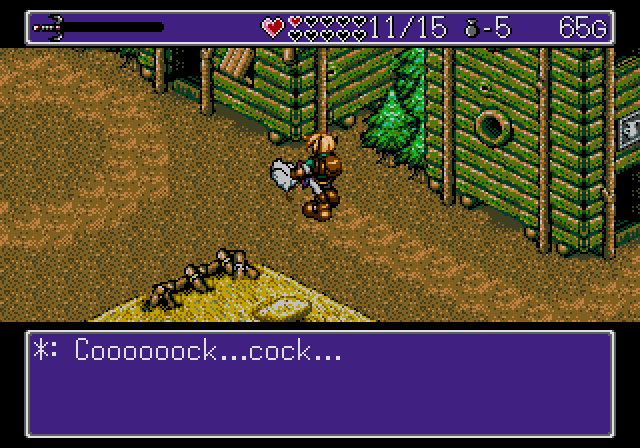
Let’s start off the list with an isometric goldie. From the same folks who did the Shining series comes this charming action-packed adventure where your hero and his charming fairy Friday search for the fabled treasure of King Nole. You get a ton of tricky platforming segments, tough puzzles, and crazy boss fights. In an era where the Megadrive is light on action adventure games ala Legend of Zelda, Landstalker was a worthy competitor.
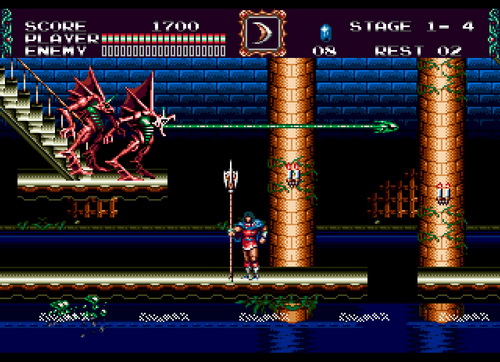
This Castlevania game needs love. Period. Not only was it the last game to be true to form to its 2D stage-by-stage roots before Castlevania: Symphony of the Night changed the series’ direction, it also was the debut of series composer Michiru Yamane.
Players get to pick between two playstyles: John Morris with the whip and Eric Lecarde with the spear. Some stages split up into two different paths too, adding a tad more replayability. The action and the controls are spot-on; it’s tough but never unfair and makes sure that you’re on point with your platforming and your reflexes. And yes, Michiru Yamane’s scores help elevate the mood of the game beyond its epicness.
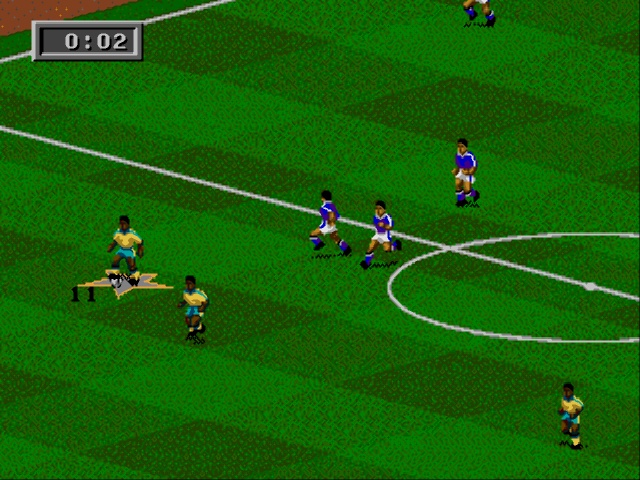
Want to see where all the FIFA nonsense started? Look no further than the first-ever isometric FIFA sports game in the 90s. FIFA International Soccer was one early instance of the “timed exclusive” model, where a game comes out on one console first followed by ports the next year.
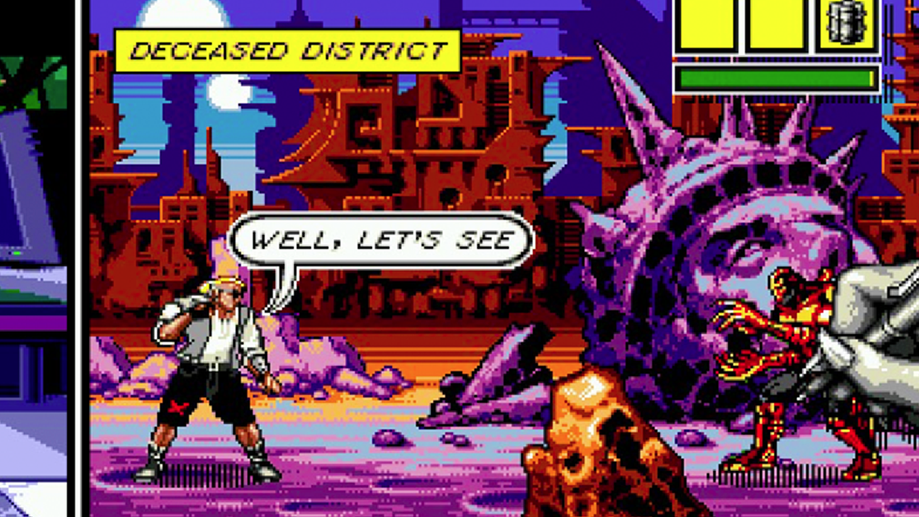
Before Dark Souls, there were a ton of Megadrive games that busted your balls. And none come close to what Comix Zone had to offer. You play as Sketch Turner, a slender-looking comic artist who is trapped in his own creation by his own characters. He and his pet rat need to find a way out panel by panel through a wasteland America filled with mutants and in a Chinese temple with the obligatory shaolin monk-esque ass kickers.
The fighting and the controls are fun, but don’t expect to beat this game on your first go. Apart from that selling point, Comix Zone should be included in the Sega Megadrive Mini also for its aesthetics and creativity too.
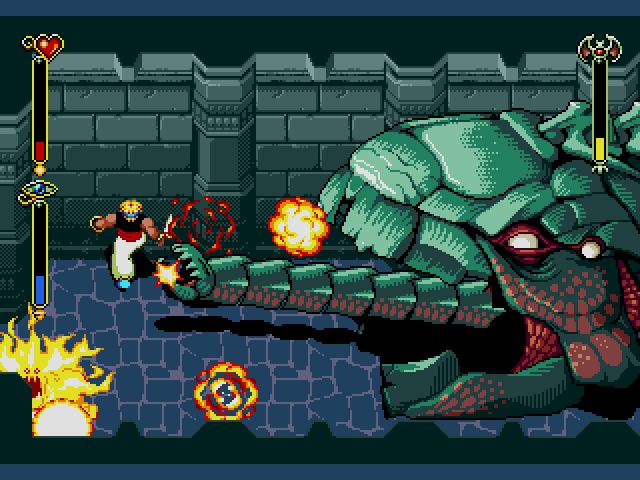
Sega’s counterpoint to The Legend of Zelda may have come in a tad too late in the Megadrive/SNES cycle, but it’s not without its merits. Beyond being a technical marvel with lovely graphics and audio, the game’s action and four elemental spirits system help spice things up in the gameplay and puzzle-solving department.
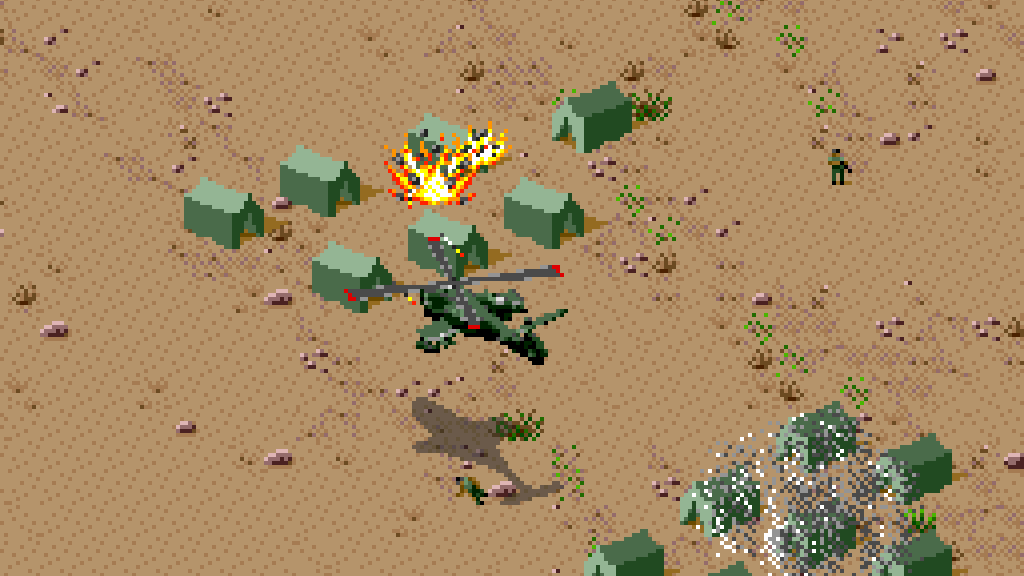
Any of the EA isometric Strike games are worthy picks, just because they offer a variety of missions that are beyond just blowing stuff up. Unlike its other horizontal or vertical shooter brethren on this list, Desert Strike is methodical in its approach to action. You have to take it easy and find different pathways to navigate; going headfirst into danger is a surefire way to get a “Game Over” screen.
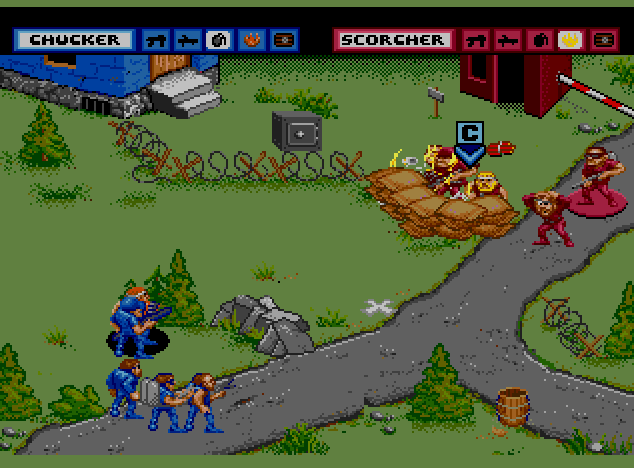
An isometric real-time strategy game that works on the Megadrive’s controller. Not only do you have a ton of classes to pick from to mix and match with, it’s also colourfully-animated. Sure, there was Dune 2 on the Megadrive, but General Chaos was one of the first few real-time strategy games tailor-made for the console.
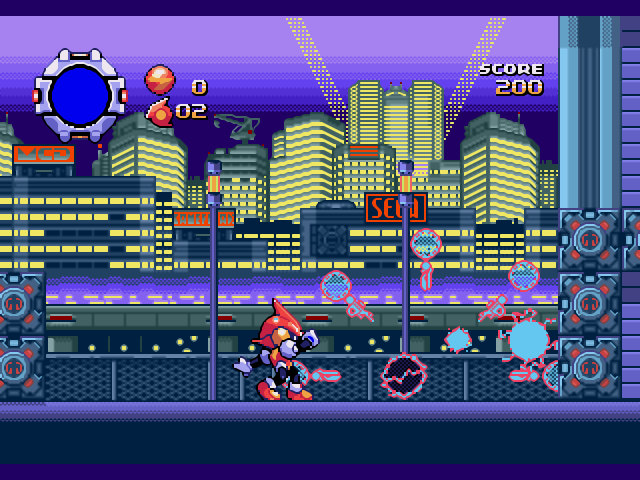
GameFreak wouldn’t get their start doing Pokemon if it wasn’t for this inventive platformer they did during their early days. You control an electric-based superhero named Pulseman who can shoot bolts and travel through cables and conduits, and also gathers energy by running fast. He can only pull off his special moves if he’s fully-charged, which means every level in the game revolves around him finding spots to gather energy while also avoiding pitfalls and traps involving water.
You can see the ingenuity of the game’s level design seeping through the minds of GameFreak, which they would then use for titles like Drill Dozer.
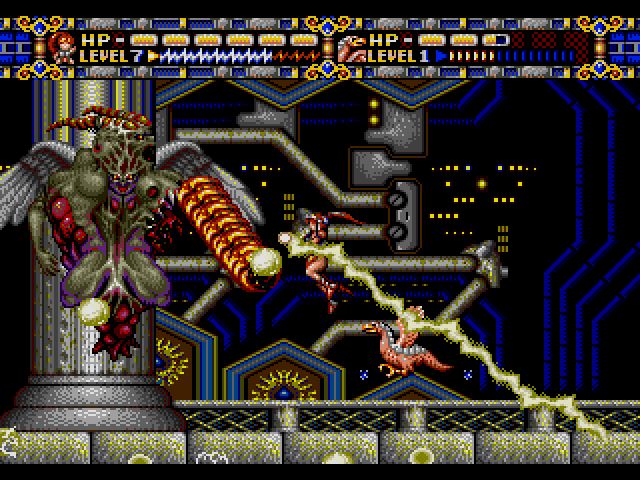
Remember GameArts, those guys who did Lunar: The Silver Star? Before that breakout RPG, they created an action platformer and called it Alisia Dragoon. And it was glorious. The game stands out because of its action, its pet dragon mechanics, and how it just looks. Taking a charging mechanic, add in “auto aiming” and putting it into a platformer that is still challenging and also easy on the eyes: who would have thought?
Oh and slap on the Gainax name for added credibility in the looks department as icing on the already-rich cake.
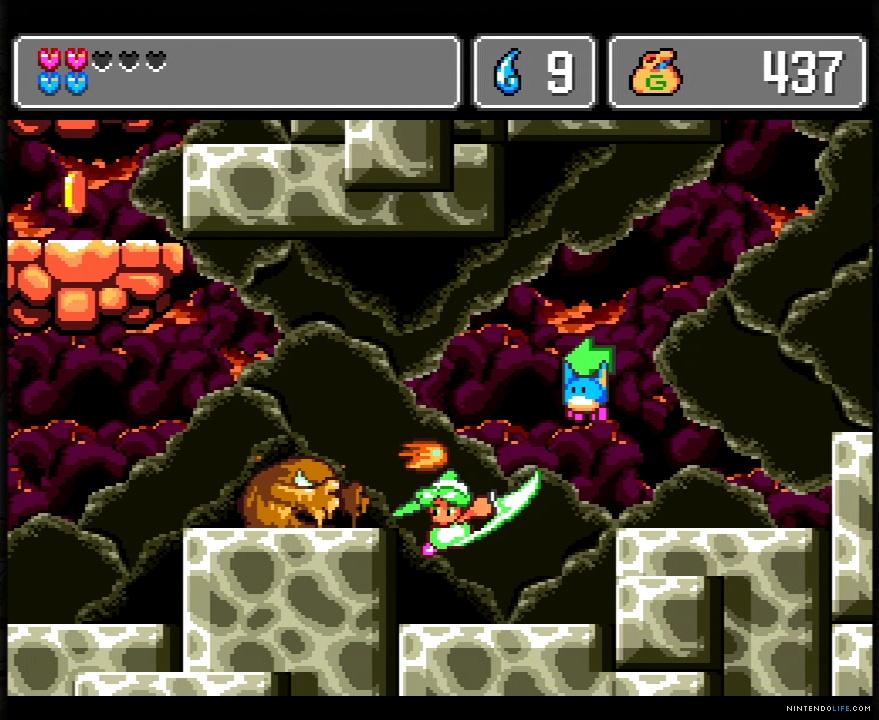
Speaking of Symphony of the Night, the Sega Megadrive had its own version of Super Metroid called Monster Hunter IV. The game stars a warrior named Asha who has to explore a giant interconnected world reminiscent of those Legend of Sinbad films in the 50s alongside her trusty pet sidekick Pepelogoo. The levels and environments are creative, and the movesets of both Asha and Pepelogoo make for some inventive puzzles for players to overcome.
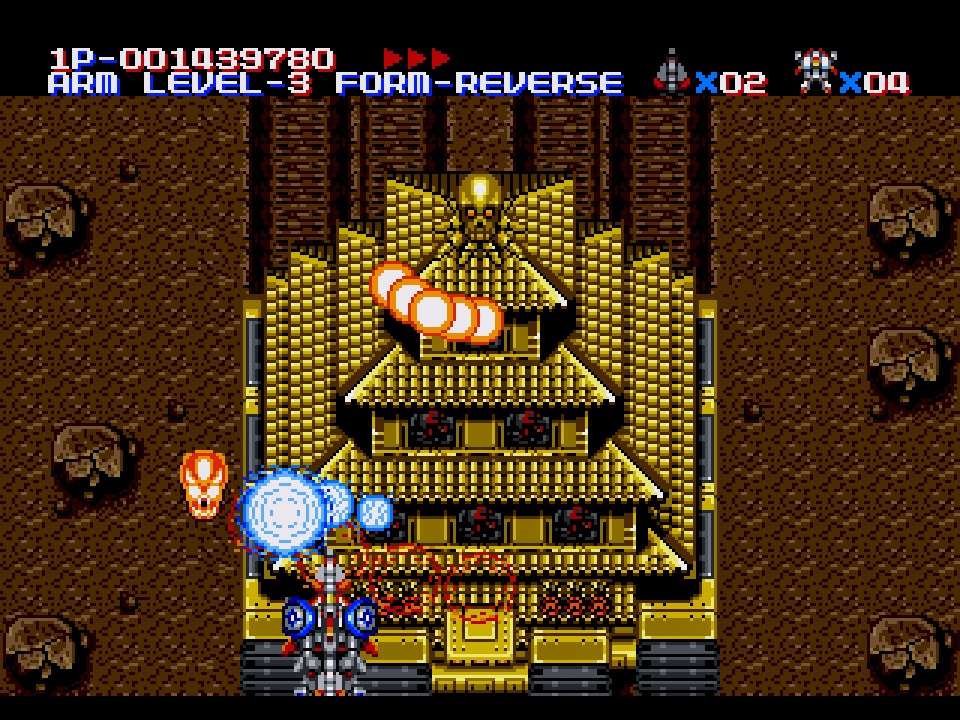
One of the best top-down shooters on the system, period. With inventive levels and backdrops, simple controls, and great shooting action, you can’t go wrong with M.U.S.H.A. Plus, you get great anime cutscenes to add context to what you’re doing. While it lacks in originality, it makes it up with everything else. Sometimes that’s all you need from an essential Megadrive game.
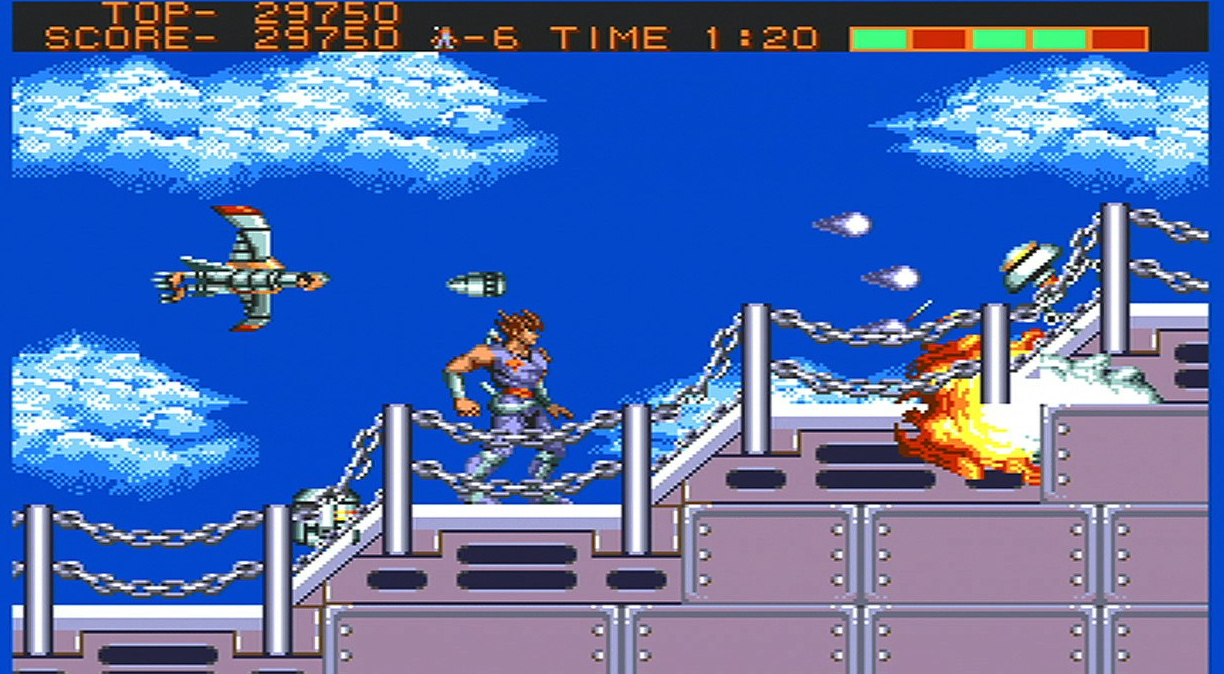
You want near-perfect arcade port? The Megadrive version of Capcom’s balls-to-the-wall action game has got you covered. In fact, this version of the game adds in better music while still managing to cram in all the action from its arcade counterpart.
That crisp Zing sound when you use Hiryu’s cipher blade. The African tribal shoutings and yelling in the fourth stage. The epic foreboding tunes that play on the fifth stage where you’re on Grandmaster Meio’s turf.
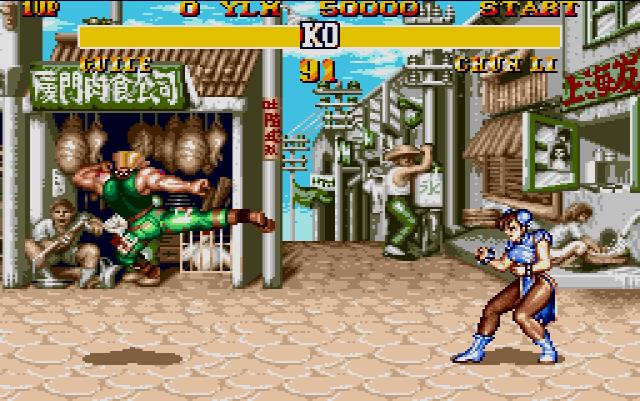
We’re going to have to cram a fighting game somehow, right? Why not use this Capcom gem? For historical context, this came out for the Megadrive just after SNES owners bought Street Fighter II. While they won the race, Megadrive took the gold for the marathon, opting to release the version with the four playable bosses and the ability to select the same characters for those mirror matches.
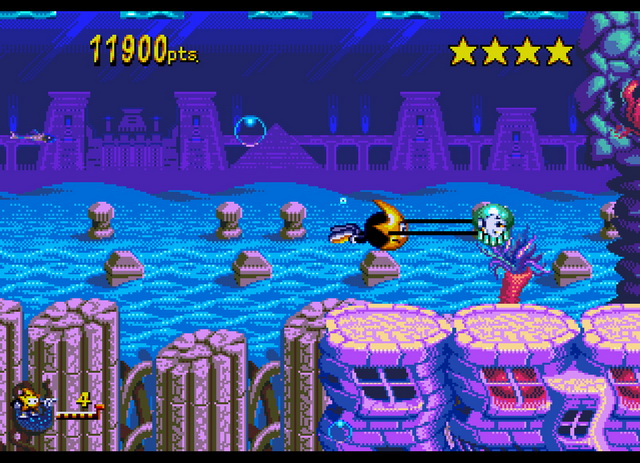
If a certain blue hedgehog speedster wasn’t’ in the picture, we would be glorifying a shooting star with elongated hands. Alas, Ristar will only live as a mascot post-Sonic, which is a fate he does not deserve. Ristar’s debut was a fun little action platformer romp filled with creative puzzles and obstacles, tons of headbutting action, and a catchy soundtrack.
As much as we loved Revenge of Shinobi, Shinobi III purely outclasses the predecessor in gameplay and action beats alone. Plus, it’ll be a pain to get all those licenses for Spider-Man, Batman, and Godzilla (among others) for the former.
Moving on, Shinobi III expands Joe Musashi’s moveset exponentially; he can dash, walljump, and divekick. This opens up lots of new challenges like faster enemies, tricky platforming, and fun boss encounters. Plus you also get short-and-sweet horse riding and wave riding sections to break up the routine. Simply put, a masterclass in ninja action for the Megadrive.
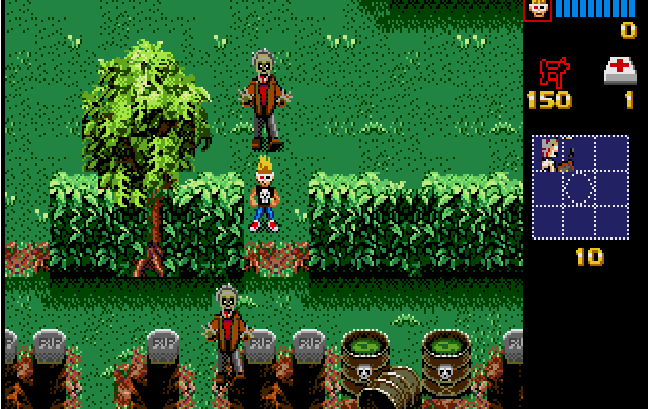
LucasArts were probably taking a break from doing awesome adventure games, so they decided to branch out and do a Sega Megadrive title. What did they end up making? A rather nifty two player co-op top down shooter where you have to rescue your neighbours from zombies, aliens, and all sorts of nonsense you’d find in a B-grade scenario.
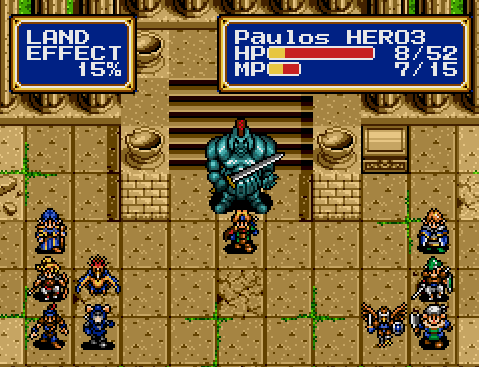
The quintessential strategy RPG for the Sega Megadrive, bar none. Control a bunch of ragtag heroes in turn-based combat glory featuring a guy with a huge sword (that’s you, default name Bowie), a centaur who can be promoted to a pegasus knight, an elf cleric, and a wizard. You’ll recruit a bunch of other heroes like a vampire, a phoenix, and a rat thief among many others.
The premise and gameplay might seem simple in today’s standard, but this was groundbreaking and epic stuff back then. A memorable score, a colourful swathe of graphics & character portraits, and its difficulty help push this game into the echelons of Megadrive RPGing back in the 90s.
If you want the best horizontal shooter with the fastest and most frenetic action ever, you can pick either part III or IV. Part III started the fire, while part IV arguably perfected it. Both games had a lot going for it: awesome weaponry, great soundtracks, awe-inspiring bosses to fight, and lovely areas to fly in and cause mayhem in.
A lot of people swear off with either, but much like Mega Man 2 and Mega Man 3, we might as well include both entries if they’re both revolutionary in their respective genres.
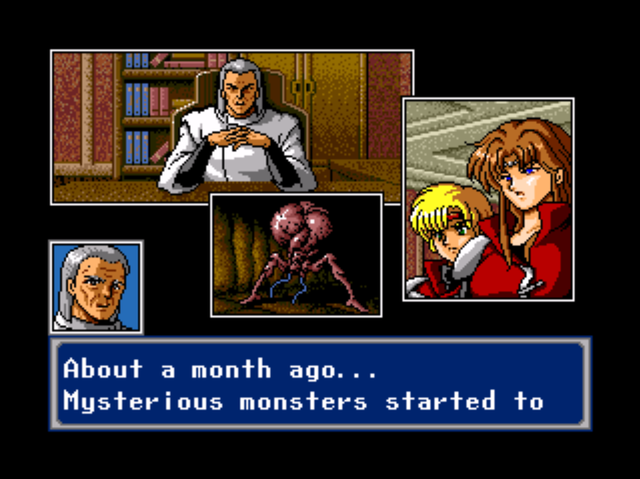
The SNES had Final Fantasy, while the Megadrive had the Phantasy Star series. Part IV can surprisingly be played fresh since we’re dealing with a new cast, but having some background knowledge of part 1 and 2 helps a lot.
With a vast world to explore, an intriguing plot, and a colourful cast that comes and go, coupled with a ton of combat and also a cool macro system that makes grinding palatable, this RPG is one for the ages.
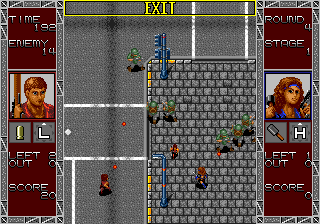
Gain Ground is a classic case where a game gets better and more recognizable with age. It’s a strategy action puzzle hybrid where you control one dude to take out a swarm of well-positioned enemies on a map. It goes straight for the jugular in terms of combat and puzzle-solving.
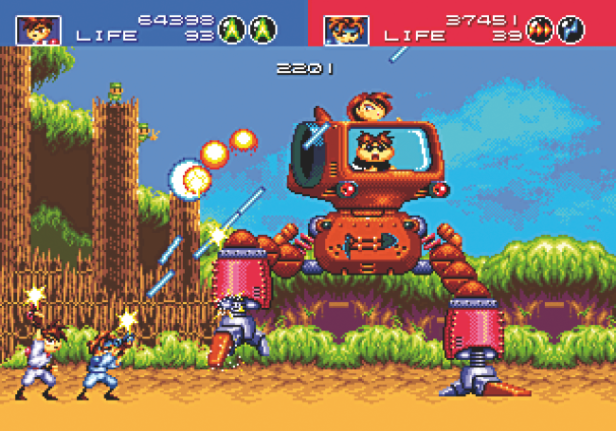
Ex-Konami folks form a studio called Treasure and make, well, treasure. They started off with Gunstar Heroes, which is what happens if the basis of Contra is improved upon and its level design gets more active and varied, as well as if it had the option to combine two weapons into one super-weapon. Oh, and if you had melee attacks to defend yourself with.
And the levels do impress. From fighting a boss with 7 forms on a minecart to a board game stage, to even an aerial assault, there’s always one setpiece after another that will leave you breathless.
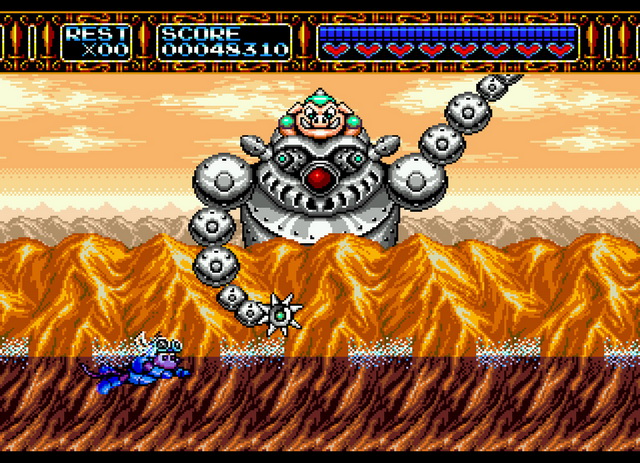
This Konami game needs to be on the mini Megadrive. It proved that the 90s mascot-filled fad wasn’t a complete waste of time. With a rocket pack mechanic, lots of stages with fun gimmicks, and even 2d shmup segments, this mascot game is a thrill ride from start to finish, telling other mascot platformer imitators to eff off.
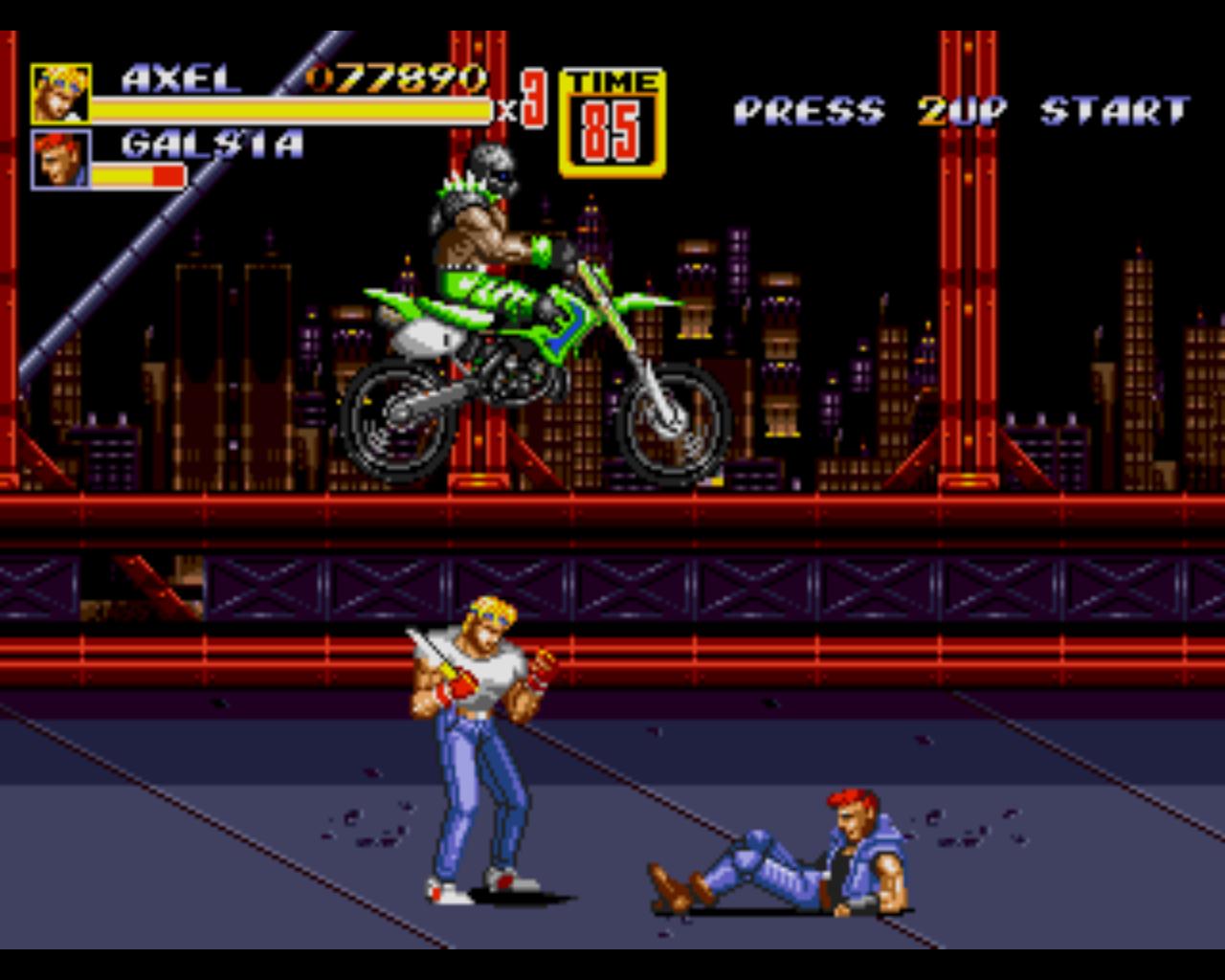
The best beat-em-up of the 16-bit genre, bar none. Yes, even with all three Final Fights in play, you can’t top the intense action and the soundtrack of this fisticuffs-filled masterpiece.
Four different protagonists, 8 levels of beat em up action with a ton of enemies big and small; how can something so simple in concept be this darn good and monumental?
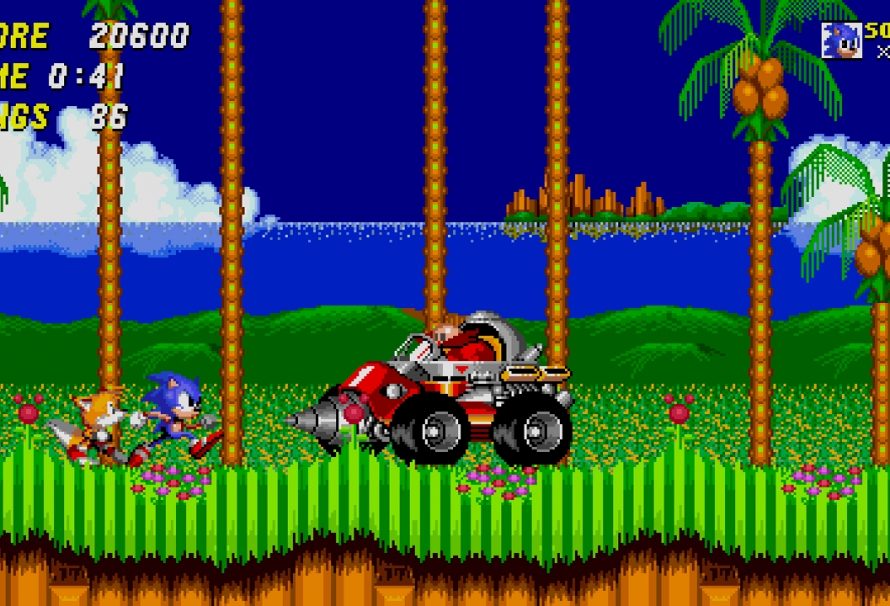
We cap off this simple list with the second Sonic The Hedgehog game. Why the second one? While the first game introduced the concept, the second game perfected it while not changing way too much about it. Sonic gets a new spin dash move that becomes a staple in future games, and he gets a cool sidekick who may not be as fast, but can fly and pilot a plane for the game’s penultimate moments.
Every new level in part 2 expands upon the core principle of a Sonic game: they have to be part race courses and part expanded levels that make exploration optional. And if you’re bored with single player mode, there’s a 2player competitive mode to scratch that quick itch. It’ll be criminal to not include the one quintessential Sonic game that improved upon its predecessor while being able to stand on its own two red-and-white sneaker-wearing feet.
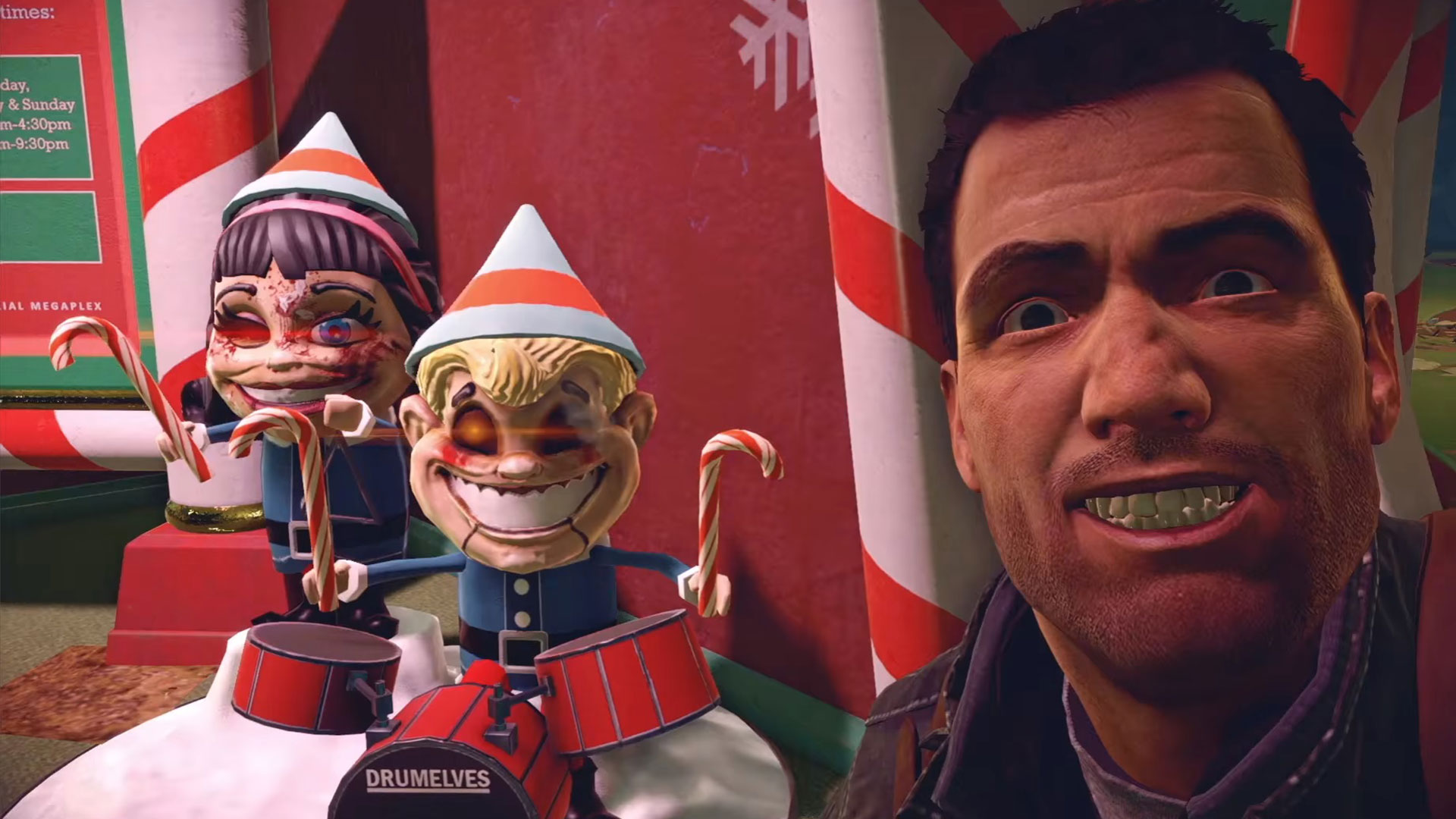
By Jon Toyad|December 24, 2022
Tis' the season of giving, everyone! It's the lovely weekend of 24th and 25th of December, which means Merry Christmas to all regardless of your belie...
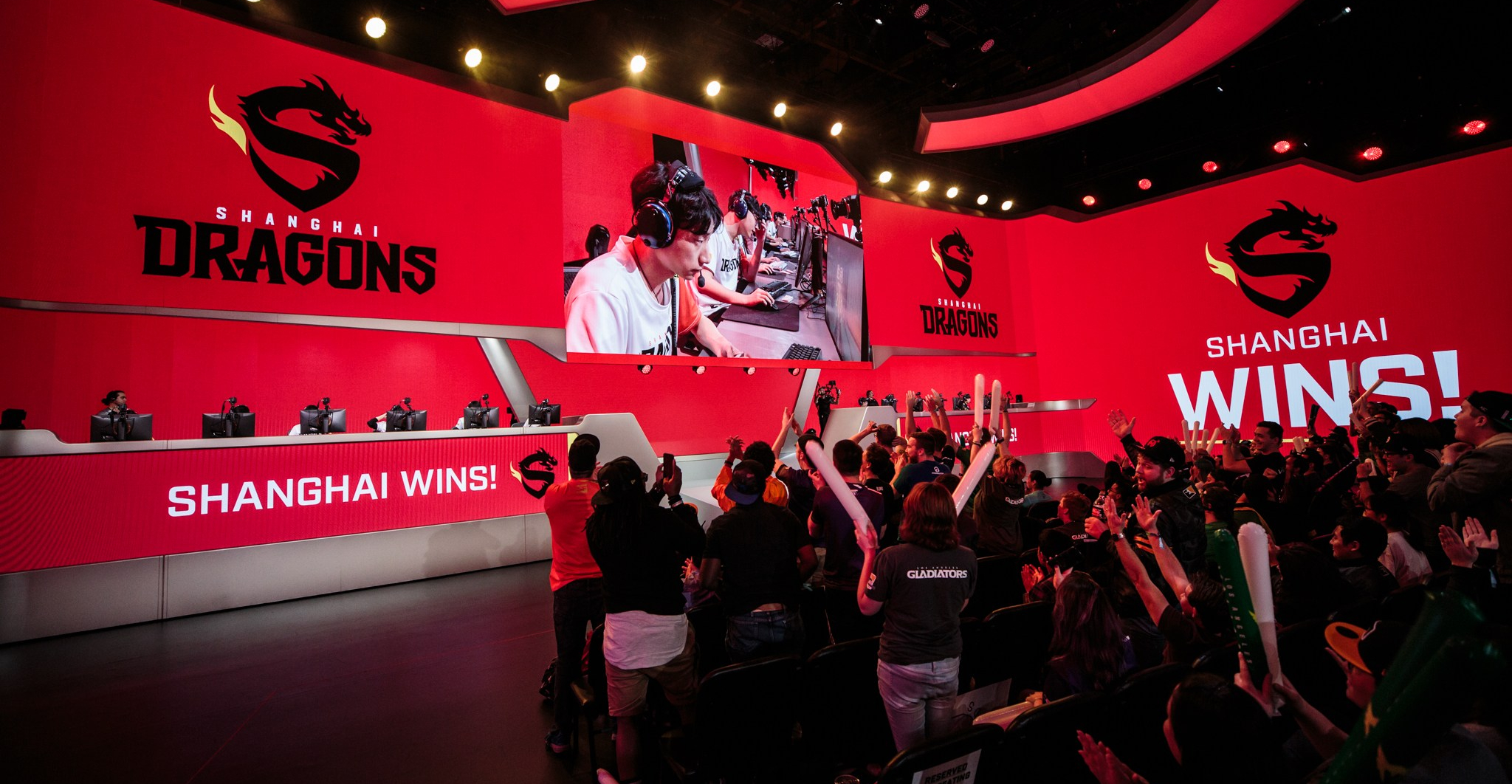
By Kenn Leandre|February 25, 2019
As we complete week 2 of the matches, we get a better understanding as in where these teams stand in the grand scheme of things. How good are the Tita...
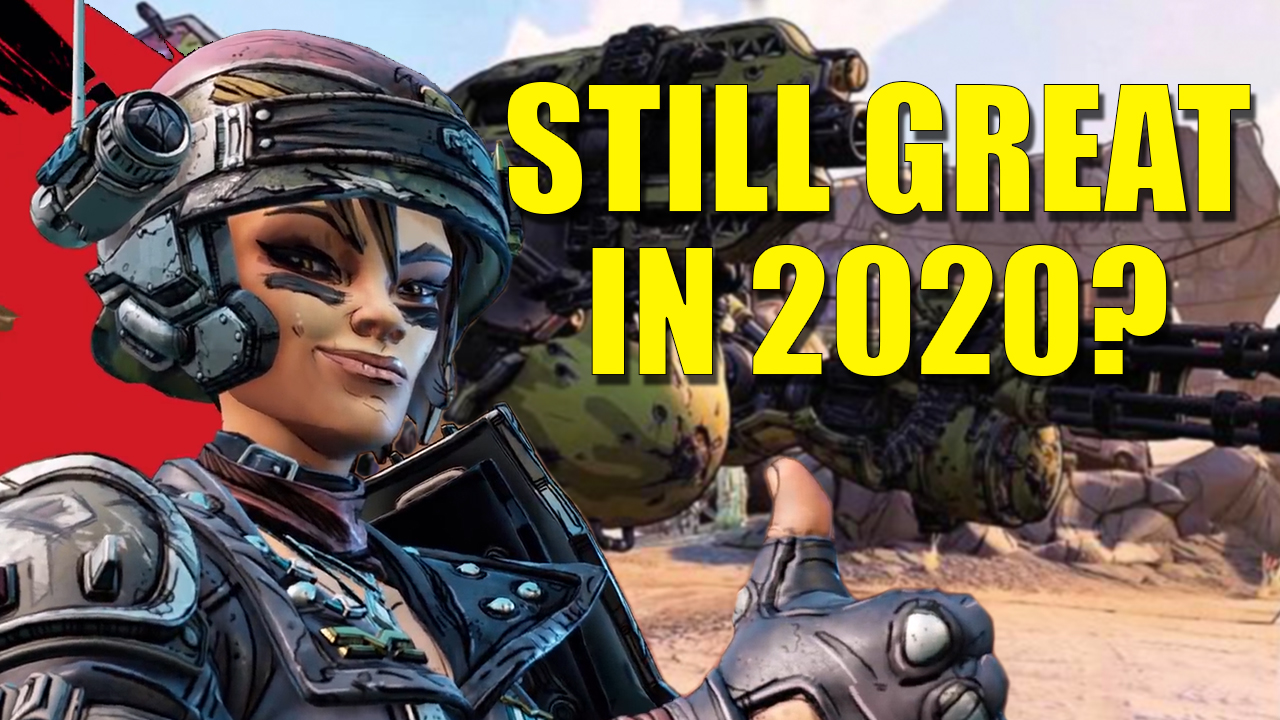
By Kakuchopurei|July 8, 2020
Kakuchopurei's Mr Toffee talks about Borderlands 3 in 2020 and whether it's worth buying now in this special feature for the week. Best of all, we hav...

By Lewis Larcombe|December 15, 2024

By Jon Toyad|December 4, 2024

By Lewis Larcombe|November 29, 2024

By Kakuchopurei|November 23, 2024

By Alleef Ashaari|December 26, 2024

By Alleef Ashaari|December 26, 2024

By Alleef Ashaari|December 25, 2024

By Lewis Larcombe|December 15, 2024

By Jon Toyad|December 4, 2024

By Lewis Larcombe|November 29, 2024

By Kakuchopurei|November 23, 2024

By Lewis Larcombe|December 15, 2024

By Jon Toyad|December 4, 2024

By Lewis Larcombe|November 29, 2024

By Kakuchopurei|November 23, 2024
Copyright @ Kakuchopurei 2024
[Report] The SNK Neo Geo Mini Is A Tiny Arcade Cabinet With 40+ Games – KAKUCHOPUREI.COM
May 4, 2018 at 9:41 pm
[…] Samurai Shodown games that mattered, and Sengoku 3, the quintessential beat-em-up that rivals even Streets of Rage 2 in terms of […]
ujusttravel
June 24, 2018 at 7:45 pm
Pretty impressive work